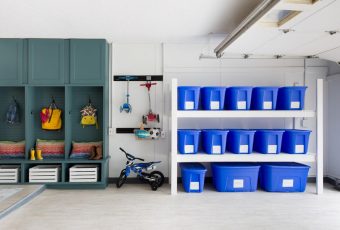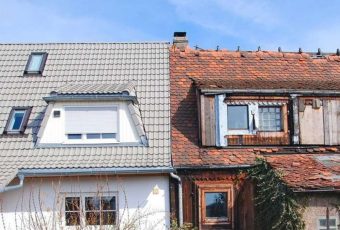Living sustainably is the direction we all have to start taking if we want to ensure that we have a habitable place to live in for years to come. So what does that end up actually looking like? Here are some ways that people are envisioning a sustainable home life will look like.
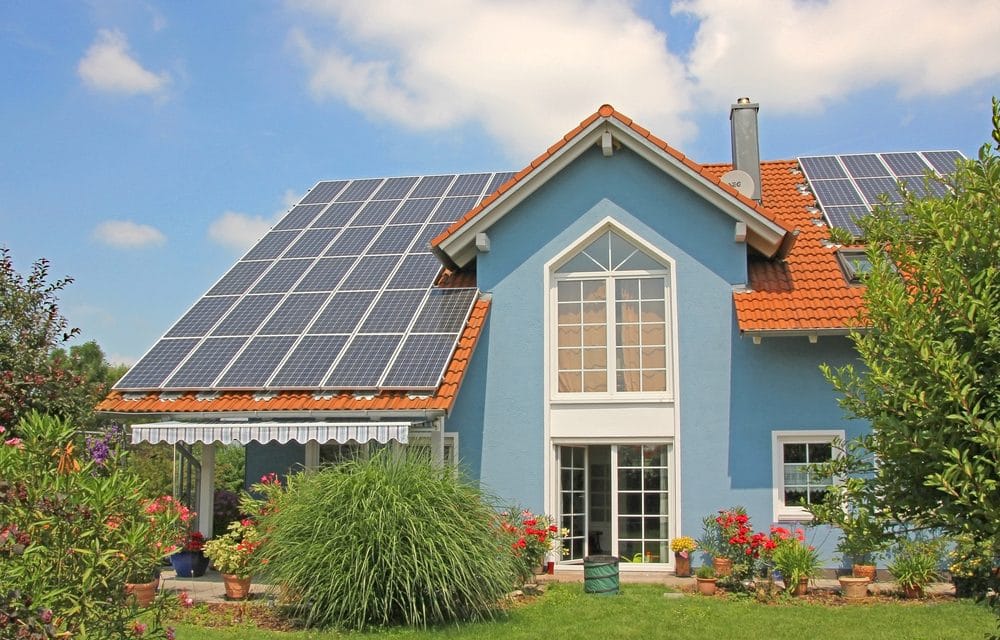
House Built With Solar Panels
While sustainability to some looks like having a backyard farm and growing your own food, to others it may mean wildfire preparation or helping to reduce homelessness in your area. Whatever it may be, there are plenty of things that can be done in order to help prepare a sustainable future for you and your family.
While many of us dreamed of having a house with a white picket pence and a lawn, the reality is that having and maintaining a lawn takes up a ton of resources, both financially and environmentally. Lawns mean trimming, fertilizing, picking out pests, weeding, raking, and also de-hatching. Instead, you can choose to have a rock or native plant garden that’s much less work to maintain and still looks lovely.
As we have all been hearing about or experiencing first hand, wildfires have increasingly continued to become a huge problem. These have devastated miles and miles of land, ruining natural habitats of animals and leaving many people homeless with nowhere to turn. Taking the necessary steps to be prepared for this natural disaster can help reduce the possibility of experiencing a devastating loss.
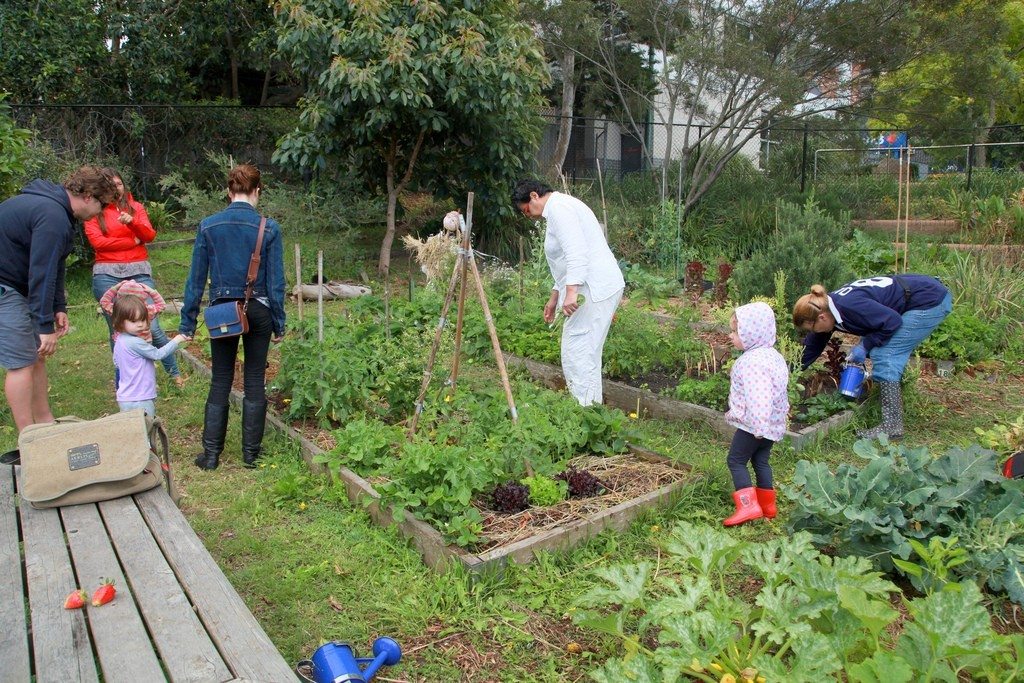
Community Gardens Help Everyone
Doing things like keeping note of weather conditions, cutting down thriving brush and vegetation, trimming trees, keeping branches off your roof, keeping tinderboxes away from your house, repairing flammable sources, and retrofitting old homes to be fire resistant can all help. You can also make sure sprinklers and fire hydrants are installed, close and seal drafty entrances to your home, and ensure you’re in line with the fire code.
Helping to fight against homelessness benefits everyone in the community. A lot of tech companies have pledged to help out, with Microsoft, Amazon, Ballmers, and more donating $48.8 million to help affordable housing campaigns in Seattle alone.
Another great solution is looking back to the past when it was normal for several generations to all live together under one rood. Multi-generational households are not only more sustainable environmentally (by cutting down on double or more the resources needed), but also provides an affordable solution for many.
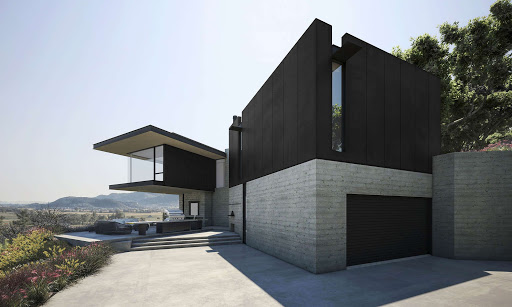
Fireproof House
Focusing on building farms and gardens that serve large communities also helps tremendously. By helping us relearn how to feed ourselves, we can help live a more sustainable life both for our health and our surroundings’ health and wellness.




